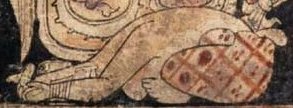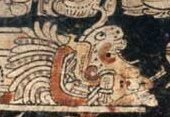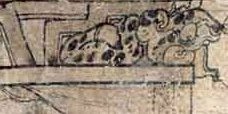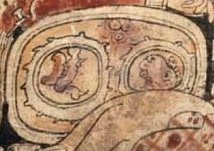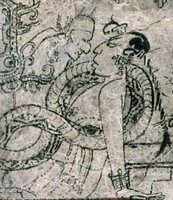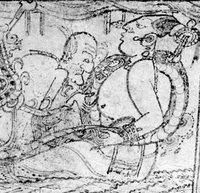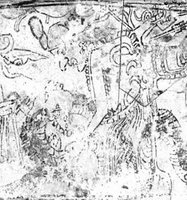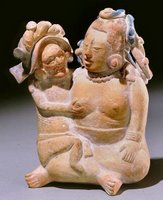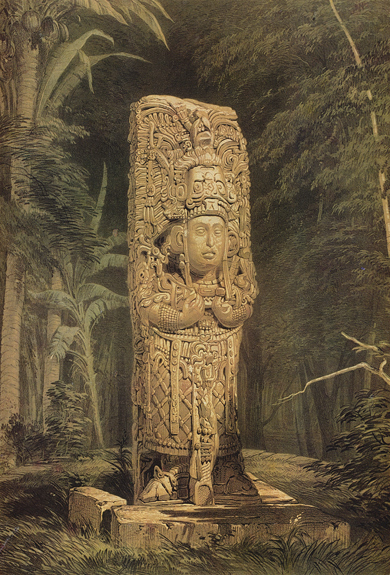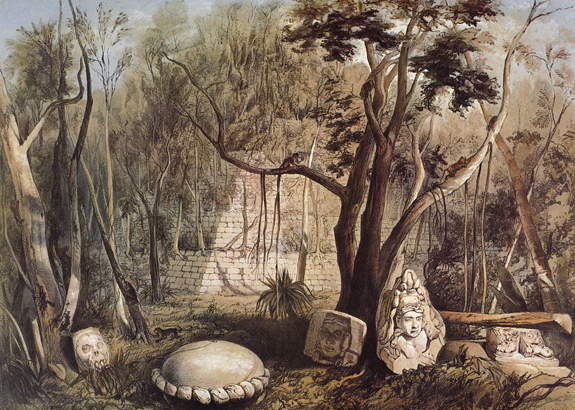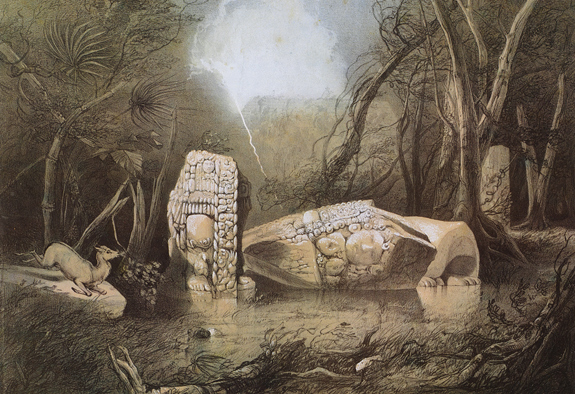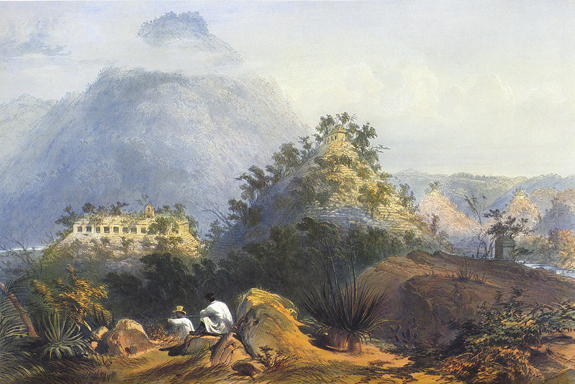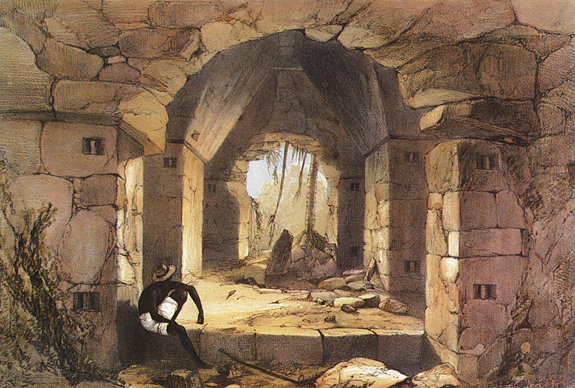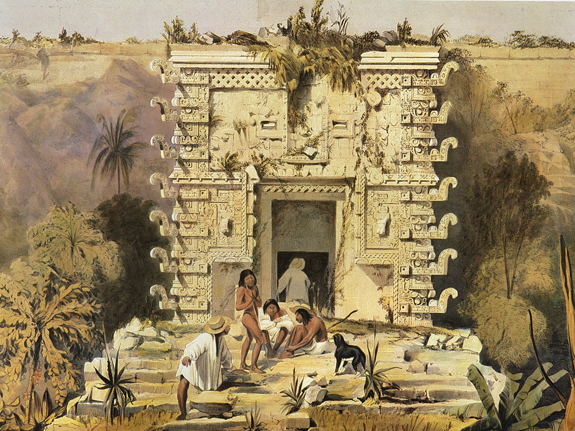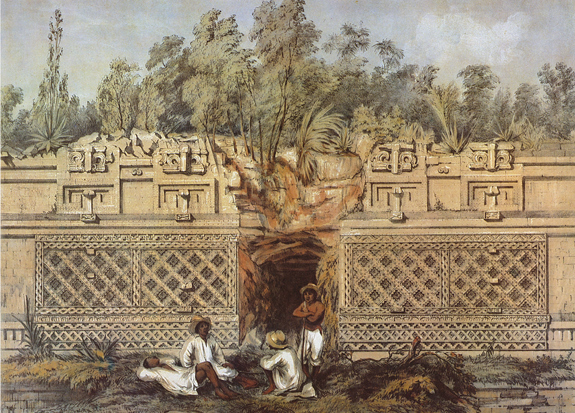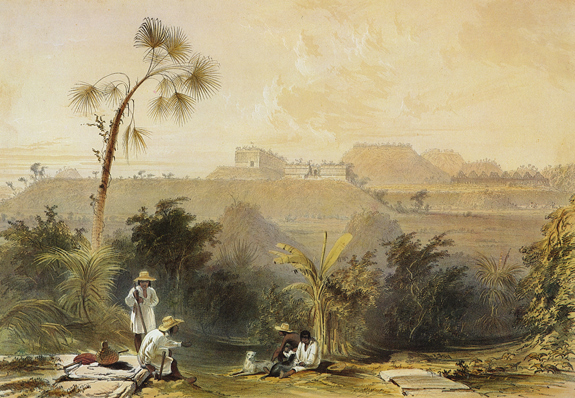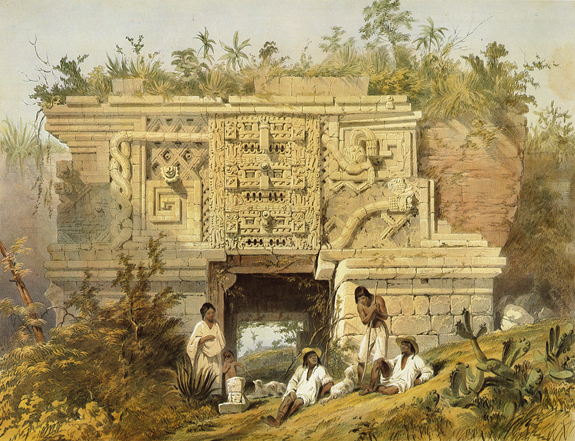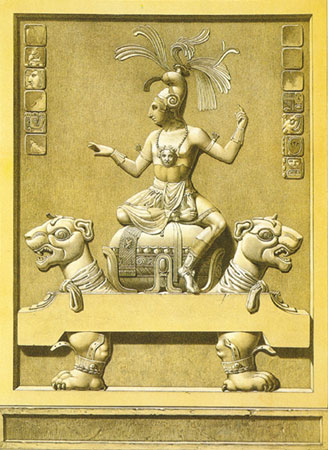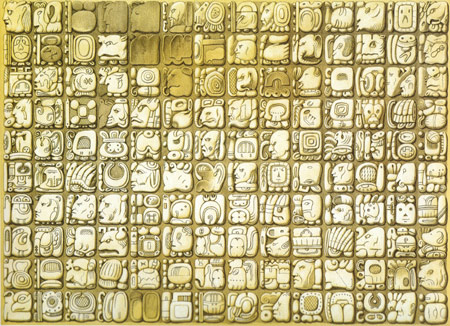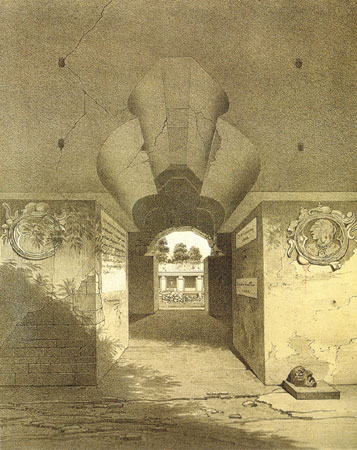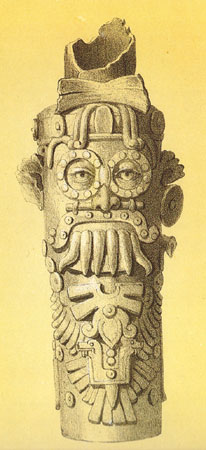Publicado por Nupul B´alam el 15 de septiembre de 2006:
_
_

_
__Today, september the 15th , opened the exhibition yet mentionned some post ago (2 sept. 2006). This exhibition is composed by the collection owned by Dora and Paul (RIP) Janssen: approximately 350 splendid precolumbian objects. The material is here and there spiced by some of the main pieces of the permanent collections (feather cape, huge Aztec stone eagle...) of the Musées royaux d'Arts et d'Histoire (MRAH), the host of the event.
__Yesterday I had the oportunity to visit the rooms of the exhibition (it was the inauguration) and I can tell you something: "this collection is very impressive!". Objects from most of the New World main cultures: Eskimo, south california, Aztec, Huastec, Nayarit, Colima, Teotihuacan, Zapotec, Olmec, Maya, Costa Rica, Quimbaya (Colombia), Chavin, Vicus, Moche.... I stop here as the list is very very long.
__The walk from the entry start with the most northern culture, to end in south America (Chile-Amazon). There is a lot of space between every objects, allowing a vision of the material in quite all angle. The explanation is limited to the name of the culture that made the object and to its age. Except some mural images and projections, there isn't any explanation (but there is an audioguide from what I have heard). In sum, a very beautiful and simple exhibition that will make everyone happy as there are masterworks from virtually every (meso and south) american great culture. A must see!
__Oh yes, the entry cost 10 euros, the catalogue 39 euros (and not 100 euros as said before)...
_
Les Maîtres de l'Art Précolombien. La collection Dora et Paul Janssen. Musées Royaux d'Art et d'Histoire. From 15.09.2006 -- 29.04.2007.
_
__Anyone intersted in Americas should visit the Museum this year as it presents three other exhibitions:
North American Indians. The Universal Exhibition in Brussels in 1935.
__Yesterday I had the oportunity to visit the rooms of the exhibition (it was the inauguration) and I can tell you something: "this collection is very impressive!". Objects from most of the New World main cultures: Eskimo, south california, Aztec, Huastec, Nayarit, Colima, Teotihuacan, Zapotec, Olmec, Maya, Costa Rica, Quimbaya (Colombia), Chavin, Vicus, Moche.... I stop here as the list is very very long.
__The walk from the entry start with the most northern culture, to end in south America (Chile-Amazon). There is a lot of space between every objects, allowing a vision of the material in quite all angle. The explanation is limited to the name of the culture that made the object and to its age. Except some mural images and projections, there isn't any explanation (but there is an audioguide from what I have heard). In sum, a very beautiful and simple exhibition that will make everyone happy as there are masterworks from virtually every (meso and south) american great culture. A must see!
__Oh yes, the entry cost 10 euros, the catalogue 39 euros (and not 100 euros as said before)...
_
Les Maîtres de l'Art Précolombien. La collection Dora et Paul Janssen. Musées Royaux d'Art et d'Histoire. From 15.09.2006 -- 29.04.2007.
_
__Anyone intersted in Americas should visit the Museum this year as it presents three other exhibitions:
North American Indians. The Universal Exhibition in Brussels in 1935.








 u jaach b’aak Kaloomte’ From Dzibilchaltun
u jaach b’aak Kaloomte’ From Dzibilchaltun u jaach Copan Peccary Skull
u jaach Copan Peccary Skull Looted bone, probably from Naranjo
Looted bone, probably from Naranjo Bone from Topoxte Island on Lake Yaxha, drawing by Stefanie Teufel
Bone from Topoxte Island on Lake Yaxha, drawing by Stefanie Teufel


